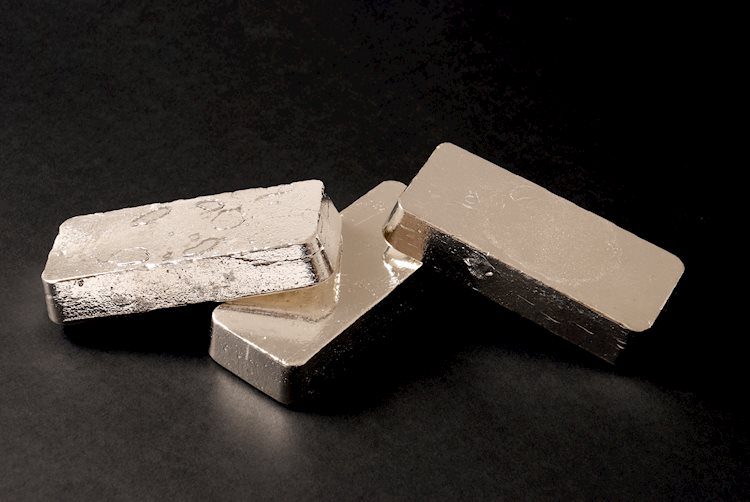Silver price (XAG/USD) is currently trading in a tight range below the important resistance level of $31.00 during the North American session. Investors are focusing on the upcoming monetary policy decision by the Federal Reserve (Fed) which is scheduled to be announced on Wednesday. There is widespread speculation that the Fed will start reducing interest rates, marking the first such decision in over four years. The size of the rate cut will be closely watched by investors, with the probability of a 50 bps cut in September increasing to 67% according to the CME FedWatch tool.
Market speculation has been rife regarding the Fed’s stance on policy normalization following the release of softer-than-expected US annual headline Producer Price Index (PPI) data for August. The US Dollar (USD) has bounced back strongly after the surprising rise in US Retail Sales data for August, which only showed meager growth of 0.1%. Economists had predicted a contraction of 0.2% in the consumer spending measure. The US Dollar Index (DXY) rebounded to near 101.00 after dropping to a near year-to-date low around 100.50.
In terms of technical analysis, the Silver price is at a crucial juncture near $31.00 ahead of the Fed’s monetary policy decision. A break above the September 16 high of $31.10 could lead to a fresh upside for the white metal. The near-term outlook remains positive as long as Silver holds above the 20-day Exponential Moving Average (EMA) at around $29.30. The 14-day Relative Strength Index (RSI) has risen above 60.00, indicating the potential for further bullish momentum if it sustains above this level.
Investors often turn to Silver as a precious metal for diversifying their investment portfolio or as a potential hedge during high-inflation periods. While not as popular as Gold, Silver has historically been used as a store of value and a medium of exchange. It can be bought in physical form such as coins or bars, or traded through Exchange Traded Funds that track its price on international markets. Prices of Silver can be influenced by factors such as geopolitical instability, fears of recession, interest rates, USD movements, investment demand, mining supply, and demand from industries like electronics and solar energy.
Silver’s price movements are often closely linked to Gold, with both metals considered safe-haven assets. The Gold/Silver ratio, which shows the number of ounces of Silver needed to equal the value of one ounce of Gold, can help determine the relative valuation between the two metals. A high ratio may suggest that Silver is undervalued, while a low ratio could indicate that Gold is undervalued relative to Silver. Factors such as demand from economies like the US, China, and India, as well as fluctuations in industrial usage and recycling rates, can also impact Silver prices.











